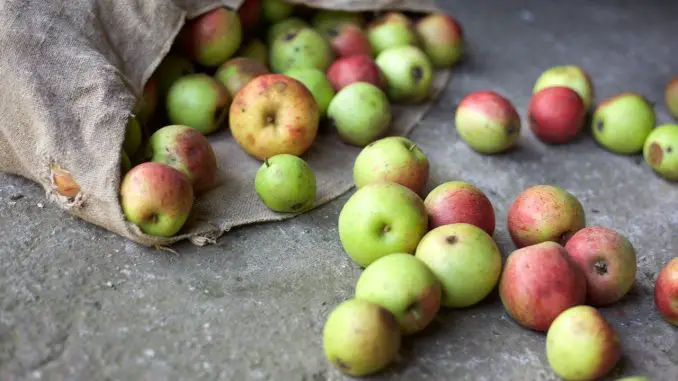
Every year, around 1.6 billion tonnes of food is thrown or destroyed in the world. This is just over one third of all food produced and corresponds to about 50 tonnes of food per second. At the same time, the number of malnourished people in the world is increasing and in 2017 was up to 821 million, according to data from the United Nations Food and Agriculture Organization FAO.
Worse, it will be worse if nothing is done soon, according to a new analysis by the American consulting group Boston Consulting Group. Food waste is increasing at an alarming rate, and now looks to grow by a third by 2030, or to 2.1 billion tonnes of food waste annually.
If the UN’s global sustainability goal of halving global food waste by 2030 is to be met, drastic measures are needed for several reasons. When it comes to the environment, food waste today accounts for about eight percent of global greenhouse gas emissions. Overproduction also means that land and natural resources, such as water and energy, are unnecessarily consumed. From a financial point of view, these are huge sums. Only today’s food waste is valued in the analysis at just over eleven trillion SEK annually.
More frozen, nutritious and seasonal
The analysis identifies the main causes of food waste. In low-income countries, food waste mainly occurs during production and transport from agriculture. In high-income countries, mainly with retailers and consumers. Boston Consulting Group is also presenting a number of concrete initiatives that would make a big difference. Like switching to more frozen, nutritious and seasonal food in stores, instead of today’s focus on fresh food from around the world all year round. The longer shelf life of frozen food would mean a drastically reduced waste both during transport and in stores and consumers.
More focus on food waste
Other important efforts are to improve the digital match between supply and demand in the distribution chain and to formulate industry and state regulations on food and trade so that there is more focus on food waste.
Another more creative proposal is to introduce a variant of today’s requirements and fairness labels, which are linked to companies’ efforts to reduce their food waste. A kind of eco-labeling that makes customers aware of the consequences of food waste and encourages them to choose responsible companies.
Leave a Reply